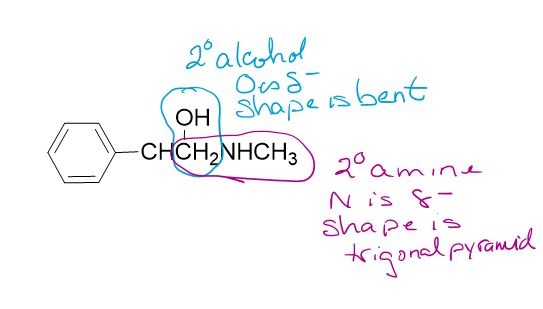Organic Functional Groups – Structure and Properties
Abstract
This activity for a one-semester GOB course for health professions, introduces organic functional groups present in biological compounds: hydrocarbons, alcohols, phenols, ethers; thiols, sulfides, disulfides; amines; ketones and aldehydes; carboxylic acids, esters and amides. Students explore a table of structures, to identify the bond order on the carbon atom and heteroatom (O, S, N) and group them according to the heteroatom. For each functional group, students identify the heteroatom, the shape on the carbon and heteroatom, and draw a sketch. Application questions test recognition and challenge students to look for similarities and differences between functional groups with similar structures. Clearly marked stop points require students to check with instructor before moving on. Activity has specific instructions for working collaboratively. Students report out through group rotation, and oral report. Students are tasked to devise tools to enhance their understanding of the subject matter.
Level: Undergraduate
Setting: Classroom
Activity Type: Learning Cycle
Discipline: Chemistry
Course: General, Organic & Biochemistry (GOB)
Keywords: organic functional groups, shape (VSEPR), bond order, steric group, heteroatom

Downloads
Published
How to Cite
Issue
Section
License
Copyright (c) 2024 Elisabeth Bell-LoncellaCopyright of this work and the permissions granted to users of the PAC are defined in the PAC Activity User License.

